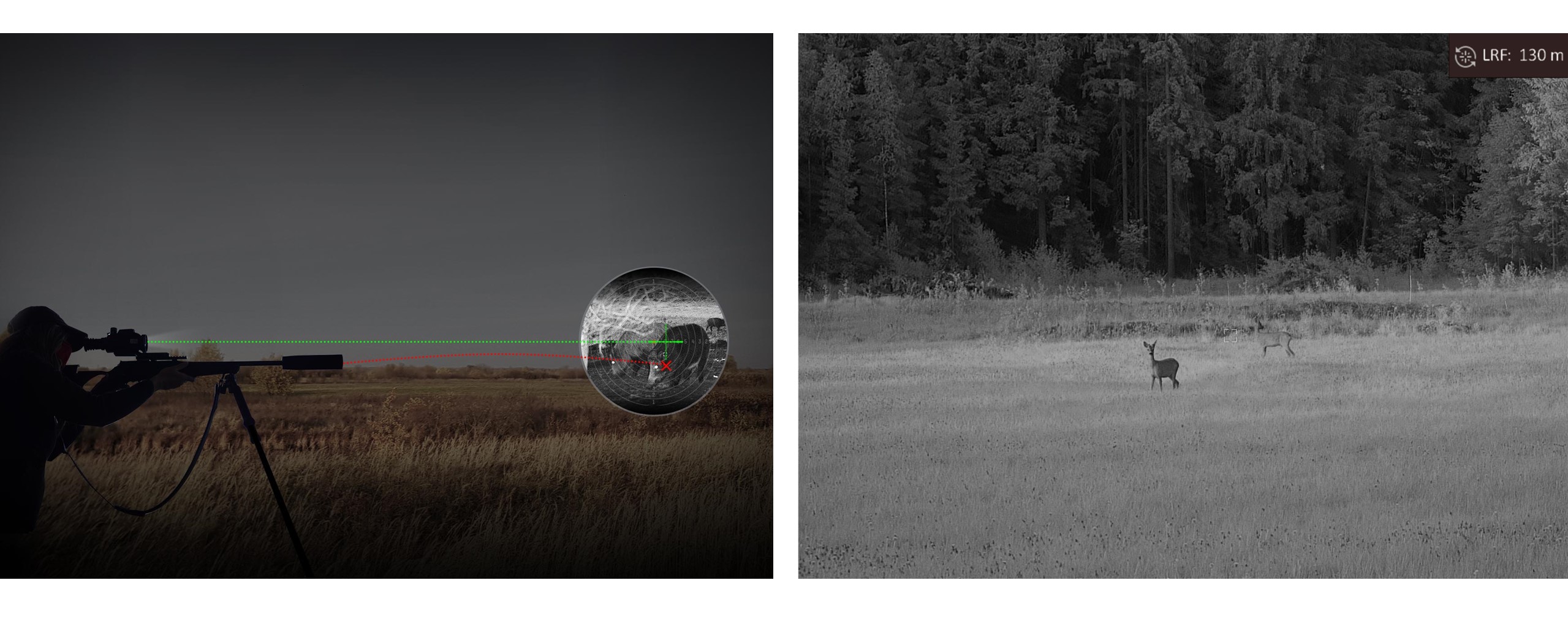Back
-
-
Produtos térmicos
-
Monóculos térmicos
-
-
FALCON 2.0 NEWFALCON 2.0
-
CONDOR LRF 2.0 NEWCONDOR LRF 2.0
-
LYNX 2.0LYNX 2.0
-
LYNX SLYNX S
-
LYNX ProLYNX Pro
-
FALCONFALCON
-
CONDORCONDOR
-
OWLOWL
-
-
Visores térmicos
-
-
STELLAR 3.0 NEWSTELLAR 3.0
-
STELLAR 2.0STELLAR 2.0
-
THUNDER ZOOM 2.0THUNDER ZOOM 2.0
-
PANTHER 2.0PANTHER 2.0
-
THUNDER 2.0THUNDER 2.0
-
STELLARSTELLAR
-
-
Clip-on térmicos
-
-
THUNDER 3.0 NEWTHUNDER 3.0
-
THUNDER 2.0THUNDER 2.0
-
THUNDER ProTHUNDER Pro
-
-
Câmera térmica para smartphones
-
-
EXPLOREREXPLORER
-
-
-
Produtos digitais dia e noite
-
Monóculo digital dia e noite
-
-
HEIMDALHEIMDAL
-
-
Visores digitais dia e noite
-
-
ALPEX 4KALPEX 4K
-
ALPEXALPEX
-
ALPEX 4K Lite NEWALPEX 4K Lite
-
-
Clip-on digitais dia e noite
-
-
CHEETAHCHEETAH
-
-
-
Produtos multiespectrais
-
Monóculo multiespectral
-
-
GRYPHON LRFGRYPHON LRF
-
-
Binóculo multiespectral
-
-
HABROK Pro NEWHABROK Pro
-
HABROK 4K NEWHABROK 4K
-
HABROKHABROK
-
RAPTORRAPTOR
-
-
-
Câmera de caça
-
Câmera de caça
-
-
M15M15
-
-
-
Aplicações
-
Aplicações
-
-
HIKMICRO SightHIKMICRO Sight
-
-
-
Acessórios
-
Lanterna IR
-
-
Lanterna IRLanterna IR
-
-
Suporte da lanterna IR
-
-
Suporte da lanterna IRSuporte da lanterna IR
-
-
Calha de fixação
-
-
Calha de fixaçãoCalha de fixação
-
-
Anel
-
-
AnelAnel
-
-
Adaptador
-
-
Adaptador THUNDER 2.0Adaptador THUNDER 2.0
-
Adaptador 1.0Adaptador 1.0
-
-
Ocular
-
-
Ocular THUNDER 3.0 NEWOcular THUNDER 3.0
-
Ocular THUNDER 2.0Ocular THUNDER 2.0
-
OcularOcular
-
-
Carregador
-
-
Carregador HABROK Pro NEWCarregador HABROK Pro
-
Carregador THUNDER 2.0Carregador THUNDER 2.0
-
CarregadorCarregador
-
-
Bateria
-
-
Bateria HABROK Pro NEWBateria HABROK Pro
-
Bateria THUNDER 2.0Bateria THUNDER 2.0
-
BateriaBateria
-
-
Bolsa para monóculo
-
-
Bolsa para monóculoBolsa para monóculo
-
-
Arnês para binóculos
-
-
Arnês para binóculos NEWArnês para binóculos
-
-
Acessórios câmera de caça
-
-
Painel solar NEWPainel solar
-
-
-
-
-
Portátil
-
Série Mini
-
Série Eco
-
-
Eco & Eco-VEco & Eco-V
-
PocketEPocketE
-
-
Série B
-
Série Pocket
-
-
Pocket1 & Pocket2Pocket1 & Pocket2
-
-
Série M
-
-
Série MSérie M
-
-
Série G
-
Série SP
-
-
Série SPSérie SP
-
-
-
Acústico
-
Série AI
-
-
AI56 & AI76AI56 & AI76
-
-
Série AD
-
-
AD21AD21
-
-
-
Incêndios
-
Intrinsecamente seguro
-
Série BX
-
-
BX20BX20
-
-
-
Câmaras fixas
-
Cube
-
-
Câmeras CubeCâmeras Cube
-
-
Box
-
-
Câmeras BoxCâmeras Box
-
-
Box de focagem automática
-
-
Câmera Box de focagem automática NEWCâmera Box de focagem automática
-
-
Box de alta temperatura
-
-
Câmaras Box de alta temperaturaCâmaras Box de alta temperatura
-
-
Resistentes ao calor
-
-
Câmeras resistentes ao calorCâmeras resistentes ao calor
-
-
Box R&D
-
-
Câmaras Box R&D NEWCâmaras Box R&D
-
Câmara Box de I&D de alta velocidadeCâmara Box de I&D de alta velocidade
-
-
-
Caudalímetro
-
Caudalímetro eletromagnético
-
-
Série FE0 NEWSérie FE0
-
-
-
Transmissor de Pressão
-
Transmissor de Pressão
-
-
Série PS0 NEWSérie PS0
-
-
-
Pirômetro
-
Pirômetro
-
-
Série PD1 NEWSérie PD1
-
-
-
Software
-
-
-
HIKMICRO ViewerHIKMICRO Viewer
-
-
-
-
HIKMICRO AnalyzerHIKMICRO Analyzer
-
-
-
-
HIKMICRO Analyzer Acoustic NEWHIKMICRO Analyzer Acoustic
-
-
-
-
HIKMICRO StudioHIKMICRO Studio
-
-
-
-
Spot Size CalculatorSpot Size Calculator
-
-
-
Acessórios
-
Bolsas
-
-
Série E/BSérie E/B
-
Série M/G/SPSérie M/G/SP
-
-
Lentes
-
Baterias
-
Carregadores
-
Suportes
-
-
Suportes de Mini/PocketSuportes de Mini/Pocket
-
Suportes da série M NEWSuportes da série M
-
Suportes da série SPSuportes da série SP
-
-
Proteção solar
-
-
Série GSérie G
-
-
-
-
Informação
-
Log in -
Onde comprar -








